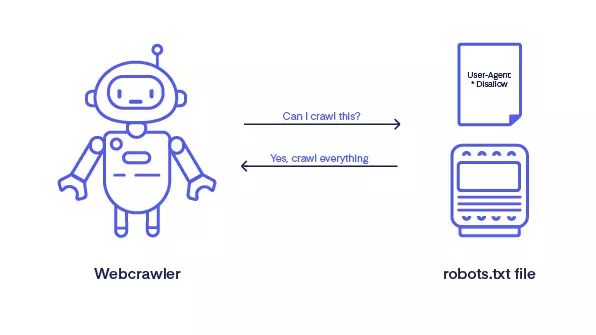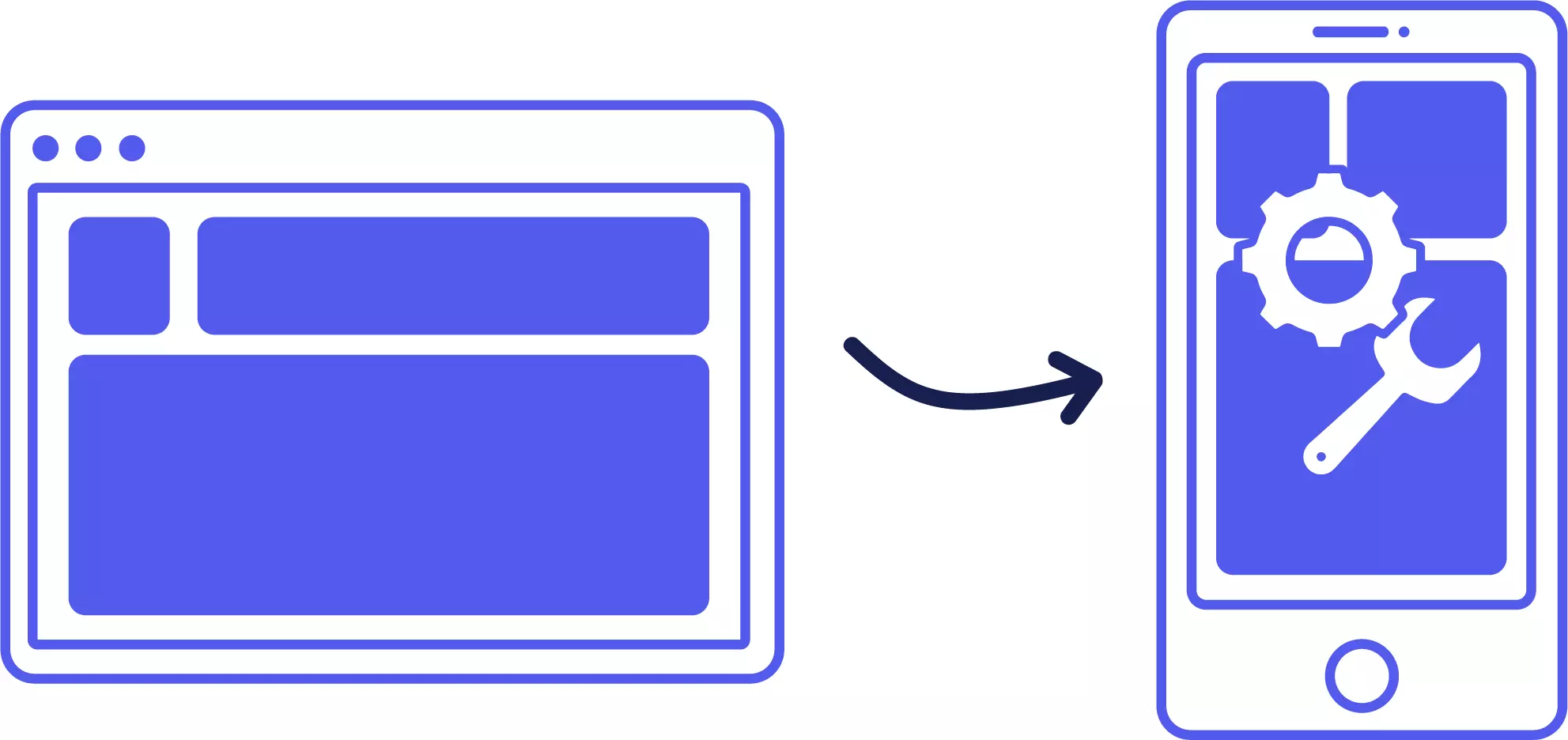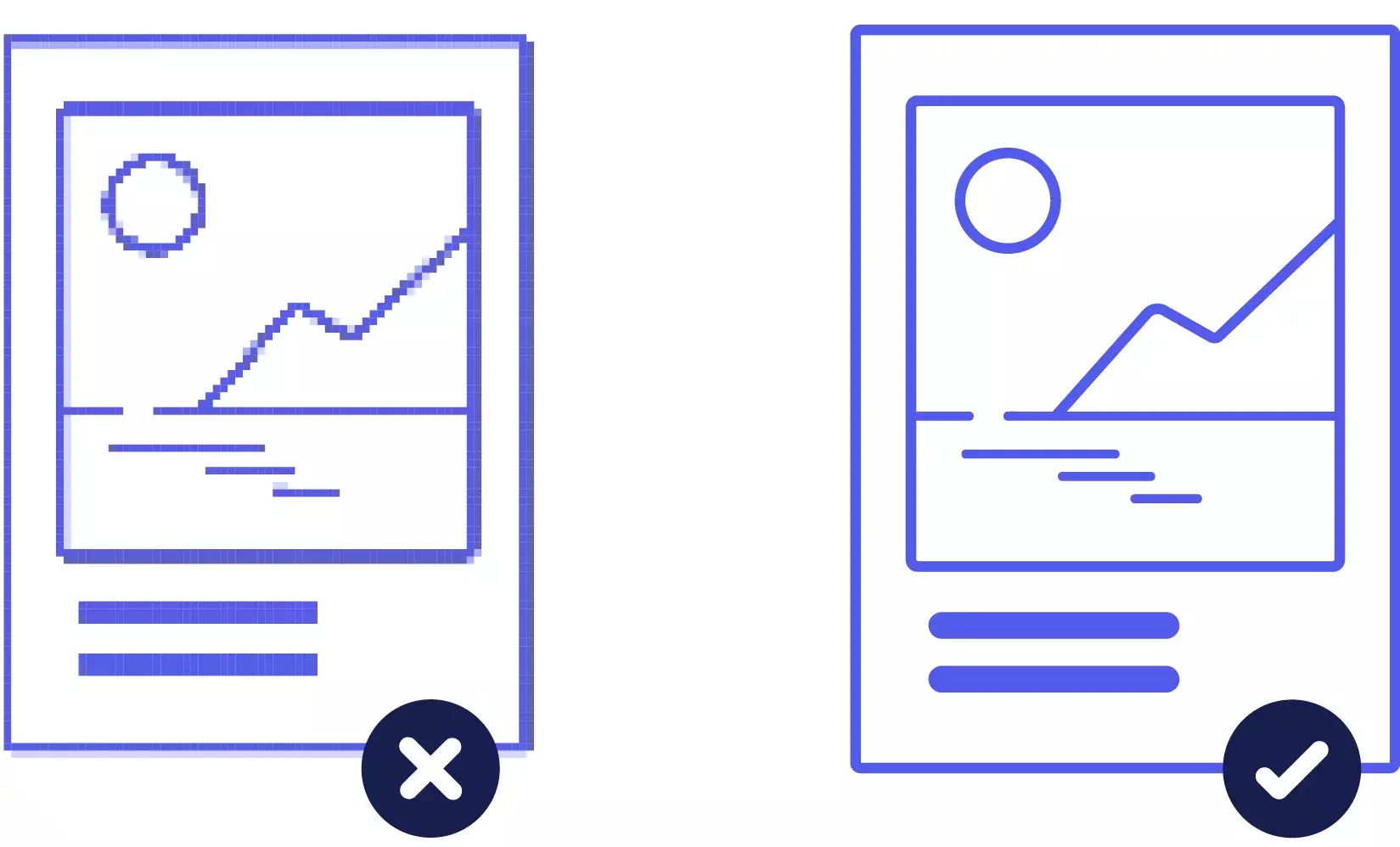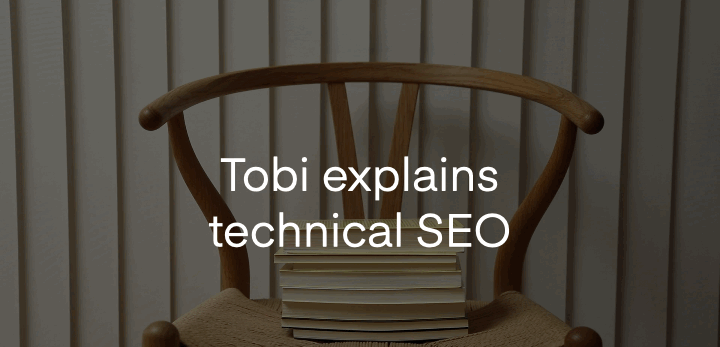Tobi explains -
Technical SEO
In the second blog post of "Tobi explains", the two measures OnPage and OffPage SEO were explained. In the third part of the series "Tobi explains", we now deal with the basis of search engine optimization: technical SEO. To do this, we will look at the most important measures. You can find the video for this blog post here:
What is technical SEO?
If companies continue to have problems with search engine rankings, the technical part should be examined more closely, because without a stable foundation, other SEO measures cannot take effect. After all, technical optimization also takes up the largest part of the SEO periodic system.
While topics relating to content and links can still simply be taken in hand, it may be necessary to call in a programmer for technical optimization of the website. Alternatively, suitable plugins can also be used in the CMS (content management system).
We will now look at the most important factors:
Indexability and crawlability
The website must be indexable and crawlable. No important URLs should be excluded from the robots.txt text file, which is located in the main directory of the website, otherwise search engine crawlers will not be able to access them. The format of the file is very simple and usually does not require any changes - nevertheless, it should be ensured that there are no false blocks that prevent the website from being indexed.


Mobile optimization
Optimization for mobile devices is an important aspect of technical search engine optimization, as more and more users are accessing the Internet via their smartphones and other mobile devices. If they are not satisfied, they will quickly leave the website.
There are various points that can be taken into account:
- Responsive design: Set font sizes so that texts are easy to read even on small displays (over 12 pixels)
- Ensure fast loading times for videos
- Do not use hover menus
Further measures
Browser caching
Browser caching for the most important file formats should be activated. When users visit a website, the web browser downloads certain elements of the website, such as images, stylesheets and JavaScript files, and saves them in the cache. Only when caching is activated do certain applications and data not have to be reloaded each time. This significantly increases the loading speed of the website and visitors have a better user experience.

File compression & optimized images
For better loading times, there is no way around compression: data should be compressed using gzip or Brotli so that smaller amounts of data are transferred. Website images can also be compressed so that they take up less memory. However, the image quality should suffer as little as possible.
Click depth
The click depth describes the number of mouse clicks required to reach a specific page on a website. The optimum click depth is actually 1, but this is not possible, especially for large stores with an extensive product range. However, it should still be as low as possible. This can be ensured by clearly structuring topics and using internal links. The click depth can also be optimized as follows:
- Summarize content, as not all content requires an extra page
- Use categories to structure content and create practical SEO URLs
- Use a sidebar in which links to important subpages can be integrated
To summarize, it is very important to provide content with added value. However, if the website has not been approved for the Googlebot, it will never see it. Many of the important points in technical SEO can be implemented quickly, but if they are forgotten, all other optimization measures are for nothing.
Companies should not be afraid to seek external help with technical optimization - this allows them to focus on good content.
All contributions to the new knowledge format "Tobi explains" can be found here:
